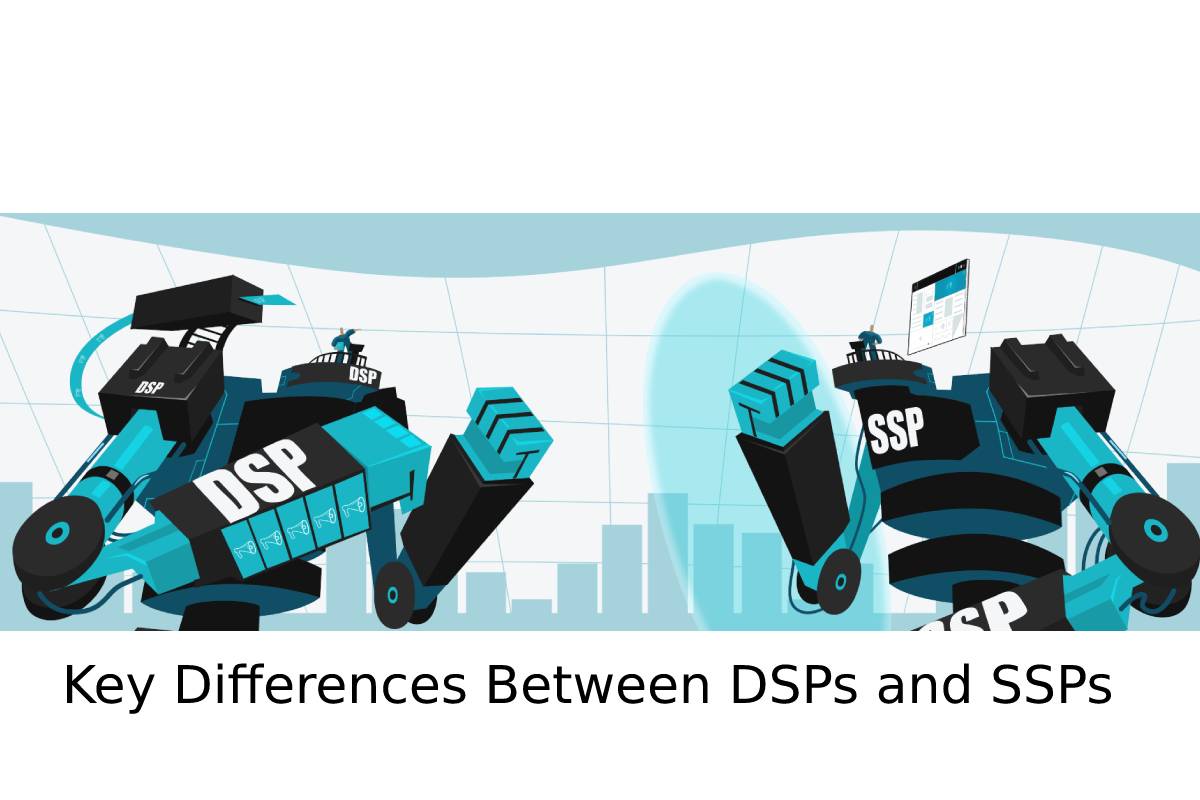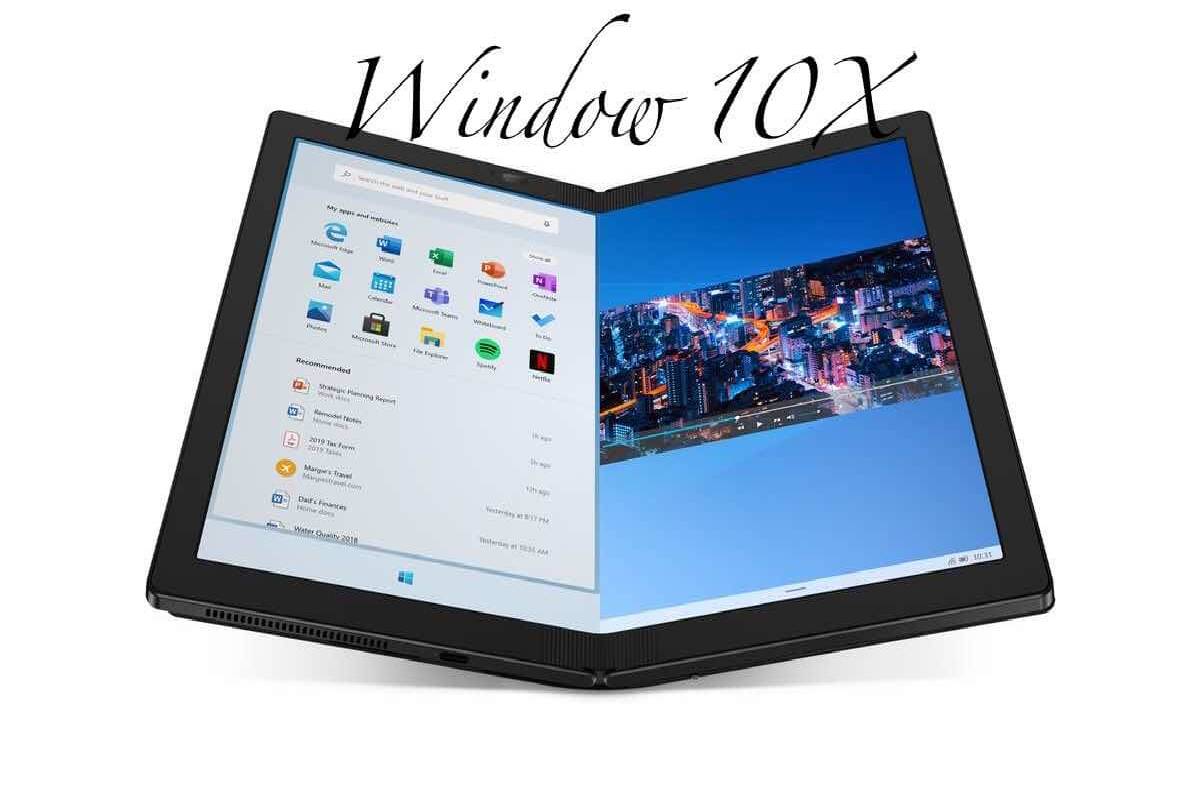The buying and selling of advertising space has become more efficient over time in the digital ad industry. Two types of advertising software are available today, making it relatively easy for publishers and marketers to connect and increase revenues: Supply Side Platforms (SSPs) and Demand Side Platforms (DSPs).
When it comes to SSP vs. DSP, there is often a lot of confusion and conflation of the two concepts, and that’s precisely what we are tackling in this article. Defining each term will help us better understand the differences and similarities.
Table of Contents
Defining Supply-Side And Demand-Side Platforms
Let’s take a look at the precise definitions of DSPs and SSPs.
DSP
DSPs, or Demand Side Platforms, are apps that help marketers and advertisers buy relevant impressions through programmatic media buying. You can target audiences of different revenue levels, ages, and genders. Depending on the criteria selected, DSPs assess inventory and bid on relevant impressions.
Examples of demand-side technologies include:
- SmartyAds
- Criteo
- Adform
- StackAdapt
- The trade desk
- Centro
SSP
Web publishers use a Supply Side Platform (SSP) to maximize their income from digital media by managing their ad impressions inventory. SSPs gather advertising demand in many forms. Demand Side Platforms (DSPs) collect these data from traditional ad networks and exchanges.
Real-time bidding (RTB) is used to bid on the publishers’ inventory from the SSP. Web owners can use an SSP to increase revenue by selling ad impressions directly to ad exchanges and DSPs. The web owner is, in this case, the customer.
Examples of supply-side technologies include:
- Google Ad Manager
- Open X
- Rubicon Project
- Pubmatic
- One by AOL
- AppNexus
How Do SSPs And DSPs Work?
To further help with the definition, let’s look at the workings of SSPs and DSPs.
How DSPs Work
DSP is used to gather inventory information. You can use this software to find the best ad inventory and buy ads at the best rates. With the help of this tool, users can purchase or bid on ad impressions and show them to the targeted audiences.
Real-time bidding (RTB) and programmatic direct are the two components of DSPs. Before beginning an auction, you can specify a target audience and the budget you are willing to spend. Participants will then advertise to potential buyers when they visit their page.
With the help of browsing history, IP address, and other information, the unique algorithm detects an ad most relevant to the potential buyer. Then, just like in any auction, the user with the highest bid wins the ad placement. The commercial becomes visible after the page finishes loading.
The advertisement for the specific inventory is submitted to the supply-side platform (SSP) once it wins the RTB auction. Then, the highest bidder’s offer is displayed in the publisher’s application or website.
Keeping advertisements only in specific locations is the second sub-process. Finally, publishers can provide detailed information about visitors to increase their visibility.
DSPs categorize their inventory according to certain features. For example, DSPs allow users to focus on the proper formats and choose from various banners or native advertising solutions. They can also target industry segments or select premium inventory.
How SSPs Work
By selling ad impressions at the best possible price to a target audience, supply-side platforms (SSPs) help publishers boost their ROI. With RTB and programmatic ads, the sale is automated as soon as the publisher configures the campaign settings.
DSPs/ad exchanges run the auctions by assessing requirements and submitting requests to the SSP. Exchanges also determine which demand-side platform has the highest bidding. After that, it sends a signal to the ad server. Finally, an advertisement from the winning party is shown to the viewer.
An SSP also offers benefits such as automation of all processes, greater yields, complete inventory control, and the ability to monitor a website due to the larger pool of potential customers.
Therefore, the supply-side platform serves as a website owner’s equivalent to a demand-side platform. Although they are part of the same ad marketplace, they provide different services.
How SSPs And DSPs Work Together
Let’s take a look at how SSPs and DSPs work together in a step-by-step process.
- An individual visits a website.
- The selected software submits requests to advertisement exchanges and networks via the SSP, which provides information about the request. This information includes age, gender, location, and preferences.
- Once a brand has determined which audience to target with a specific ad campaign, these data are fed into a DSP via the DMP. In its turn, the DMP refers to a data management service.
- DSPs receive bid requests from the system. After verifying the user’s information, the software determines which offer would most effectively reach a target audience.
- Among the suggested choices, the highest bid wins the auction.
- Advertisements are obtained from the winner and displayed to the target user. By showing a targeted advertisement immediately, real-time bidding facilitates the process.
To summarize, there are three main differences between DSPs and SSPs: The users, the objectives, and the functionality.
- Users
- Marketers use DSP.
- Publishers use SSP.
- Objectives
- Advertisers can use DSPs to buy ad impressions from exchanges and networks at a low cost.
- Through SSPs, publishers can offer the best price for advertising impressions.
- Functionality
- DSPs analyze users, and a bid is placed on behalf of marketers (buyers). DSPs offer several buying options.
- Publishers can connect with demand-side platforms through SSPs.




